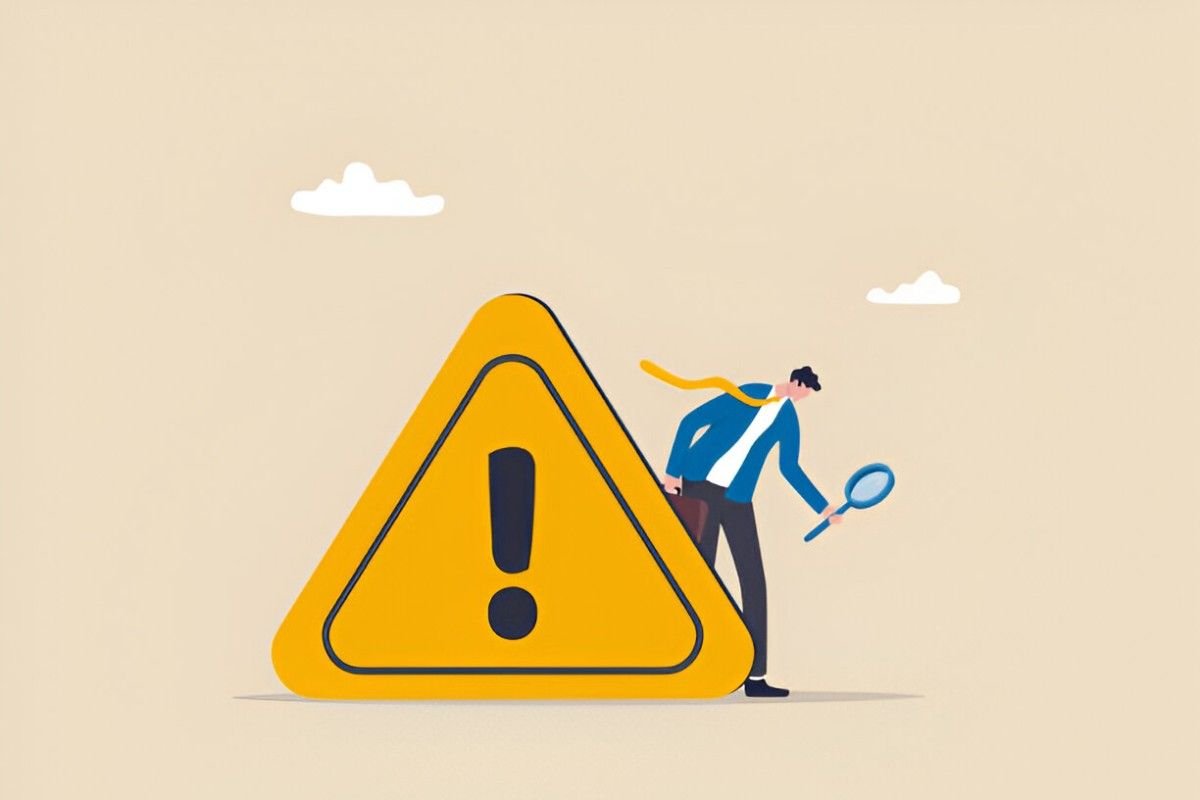Decision-making shapes every aspect of business and personal finance. Yet, many decisions fail because the root problem remains misunderstood. I have seen companies invest millions in solutions that address symptoms rather than causes. The key to effective decision-making lies in accurately identifying the problem first.
Table of Contents
Why Problem Identification Matters
Before solving any issue, I need to define it clearly. A vague problem leads to wasted resources. For example, if sales drop, the instinct might be to increase marketing spend. But what if the real issue is product quality or supply chain delays? Misdiagnosis leads to ineffective solutions.
Research by Paul Nutt at Ohio State University found that nearly 50% of business decisions fail because leaders rush into solutions without proper problem analysis. I have observed this in financial audits—where firms fix minor discrepancies while ignoring systemic fraud risks.
The Problem Identification Framework
I use a structured approach to identify problems before making decisions. This involves:
- Observation – Gathering raw data.
- Definition – Articulating the problem in clear terms.
- Root Cause Analysis – Digging deeper than surface symptoms.
- Validation – Confirming the problem exists as defined.
Step 1: Observation – The Data-Driven Approach
I start with quantitative and qualitative data. In finance, key metrics like ROI = \frac{Net\ Profit}{Investment} \times 100 reveal performance gaps. Suppose a company’s ROI drops from 15% to 8%. The problem could be rising costs, falling revenue, or both.
Example:
A retail chain sees declining profits. Before assuming lower sales, I analyze:
- Gross margin: Gross\ Margin = \frac{Revenue - COGS}{Revenue} \times 100
- Operating expenses
- Inventory turnover
If gross margin stays stable but operating expenses rise, the problem isn’t sales—it’s cost management.
Step 2: Definition – Narrowing the Scope
A well-defined problem is specific. Instead of saying, “Profits are down,” I refine it: “Operating expenses increased by 12% last quarter due to higher logistics costs.” This precision guides better solutions.
Step 3: Root Cause Analysis – The 5 Whys Technique
I ask “why” repeatedly until reaching the core issue.
Example:
- Why did profits drop? → Operating expenses rose.
- Why did operating expenses rise? → Shipping costs increased.
- Why did shipping costs increase? → Fuel prices surged.
- Why did fuel prices surge? → Geopolitical tensions disrupted supply.
Now, the real problem is external—not internal inefficiency. The solution may involve renegotiating contracts or finding alternative suppliers.
Step 4: Validation – Confirming the Problem
I cross-check findings with stakeholders. If employees report that delayed shipments frustrate customers, it aligns with the logistics cost issue. Without validation, I risk solving the wrong problem.
Common Pitfalls in Problem Identification
Even with a structured approach, biases and errors creep in.
1. Confusing Symptoms with Causes
A company may see high employee turnover and assume salaries are too low. But exit interviews could reveal poor management as the real issue.
2. Overlooking External Factors
Economic shifts, regulatory changes, or competitor moves impact businesses. If I ignore these, my problem analysis remains incomplete.
3. Analysis Paralysis
Excessive data collection delays decisions. I balance thoroughness with timeliness.
Mathematical Models for Problem Identification
I use quantitative models to detect anomalies.
Break-Even Analysis
If profits fall, I check if sales dip below the break-even point:
Break\text{-}Even\ Point\ (Units) = \frac{Fixed\ Costs}{Selling\ Price\ per\ Unit - Variable\ Cost\ per\ Unit}Example:
A factory has:
- Fixed costs = $100,000
- Selling price = $50/unit
- Variable cost = $30/unit
If sales drop below 5,000 units, losses occur. The problem is either declining demand or rising costs.
Variance Analysis
I compare actual vs. expected performance.
Variance = Actual\ Result - Budgeted\ ResultA negative variance signals a problem. For instance, if marketing spend was budgeted at $50,000 but actual cost hit $70,000, I investigate the overspend.
Case Study: Problem Identification in Action
A tech startup struggled with cash flow issues. The initial assumption was low revenue. After analysis, I found:
| Metric | Expected | Actual | Variance |
|---|---|---|---|
| Monthly Revenue | $200K | $180K | -$20K |
| Customer Acquisition Cost (CAC) | $500 | $800 | +$300 |
The real problem wasn’t revenue—it was rising CAC due to inefficient ad targeting. By reallocating ad spend, the startup improved cash flow.
Psychological Barriers to Problem Identification
Humans resist acknowledging problems due to:
- Overconfidence – Believing past success guarantees future results.
- Sunk Cost Fallacy – Sticking with failing investments because of prior spending.
- Groupthink – Teams avoiding dissent, leading to blind spots.
I counter these by fostering open feedback and using objective data.
Tools for Effective Problem Identification
SWOT Analysis
| Strengths | Weaknesses |
|---|---|
| Strong brand | High debt |
| Loyal customers | Slow innovation |
| Opportunities | Threats |
|---|---|
| New markets | Rising competition |
Fishbone Diagram (Ishikawa)
A visual tool mapping causes of a problem:
- People – Lack of training
- Process – Inefficient workflows
- Technology – Outdated software
- Environment – Regulatory changes
Conclusion: Problem Identification as a Strategic Skill
Effective decision-making starts with recognizing the right problem. I avoid assumptions, rely on data, and validate findings before acting. Whether in personal finance or corporate strategy, this disciplined approach prevents costly mistakes.





